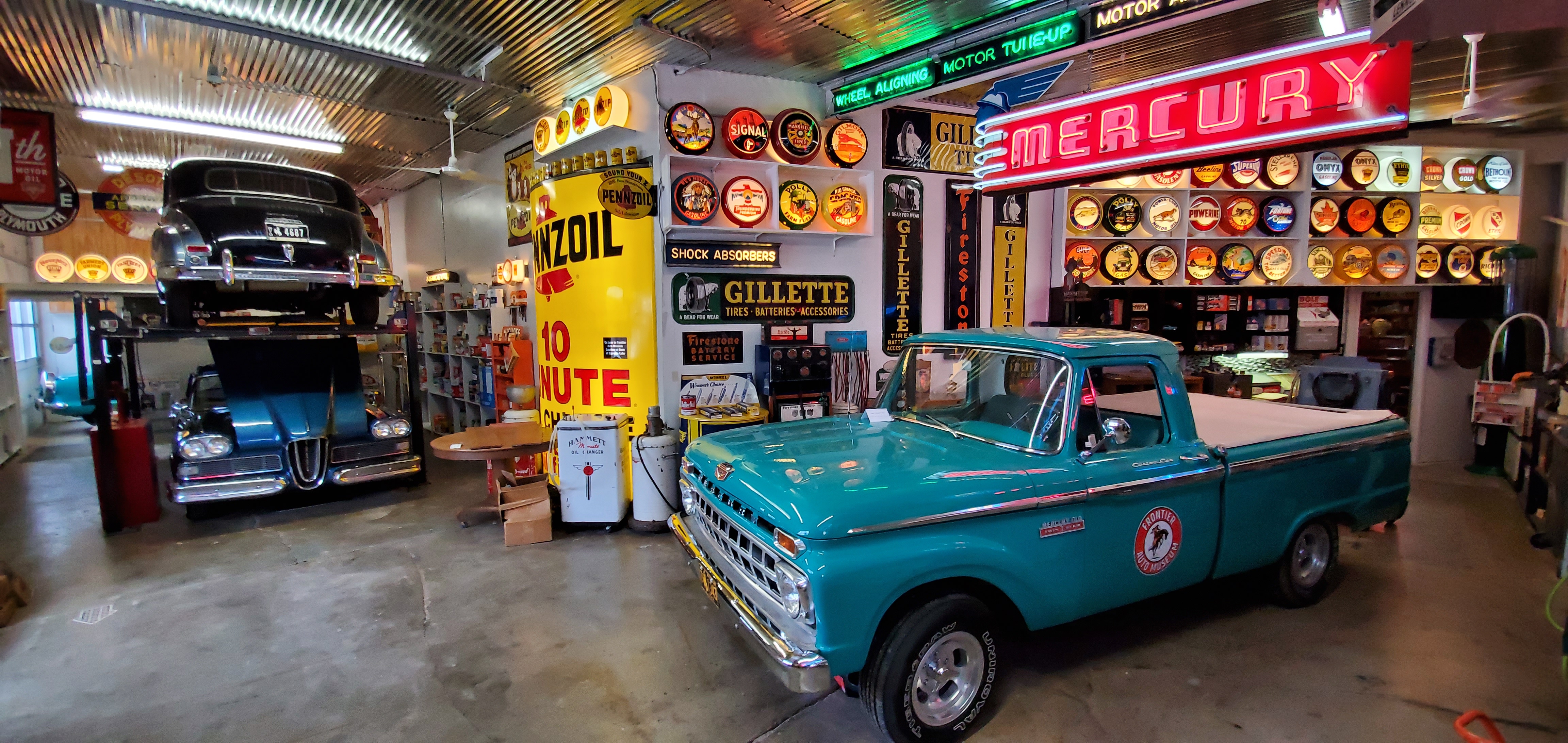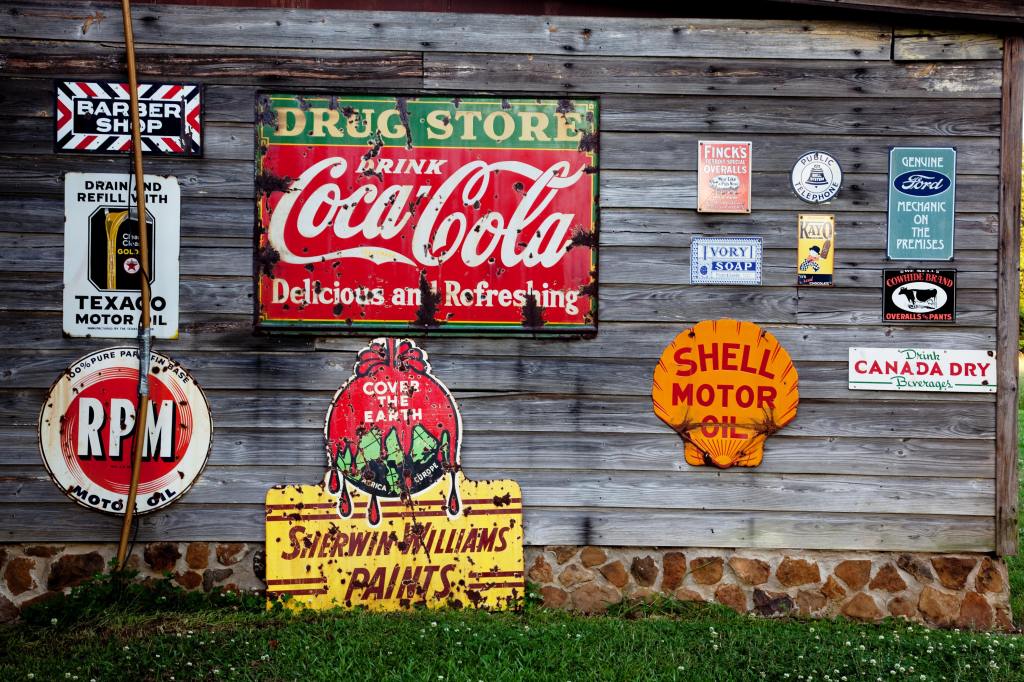
Oil Can Collecting: From Quart Cans to Rare Oil Containers

Oil Can Collecting: From Quart Cans to Rare Oil Containers
Introduction to Vintage Oil Can Collecting
Collecting vintage oil cans may seem like an unusual hobby, but for collectors, these cans hold nostalgic value. Nowadays, these cans are highly sought-after collector’s items due to their diverse designs, sizes, and shapes from the past.
If you’re interested in exploring the joys of antique oil can collecting and owning vintage oil cans, then go ahead and get started!
Valuable Vintage Memorabilia
Oil cans have undergone significant changes in their design over time. The earliest oil cans were boxy and square-shaped, eventually replaced by tin cans with a soldered seam. During World War II, cardboard or composition cans gained popularity, which are referred to as “paper quarts”. The size, condition, scarcity, and age of the can also affect its value. As a result, oil can collectors specialize in various brands and often collect can accessories like pouring cans, pouring spouts, racks, and signs.

Iconic Finds: Famous Antique Oil Containers
Vintage motor oil memorabilia from popular manufacturers like Mobil, Texaco, and Esso, are less valuable than lesser-known and local brands, because they are harder to come by and more sought after. Notable manufacturers include White Rose, a Canadian brand, and Irving Oil.
Iconic Oil Can History
Early cans were first used in 1819 to store food for Napoleon’s army and later evolved to store petroleum products. Oil cans were popular for lubricating machines and household use and were necessary for car owners in the early 20th century. However, visible gas stations and self-measuring gauges made oil cans obsolete. Cardboard cans were widely used in the 1950s, and aluminum motor oil cans were introduced in 1958. Square cardboard and round plastic cans were introduced in the 1960s.
Valuable Quart Can Trends
Some collectors focus on specific oil companies or ones that represent certain functions, such as military or railroad products. Others search for ones with unique designs, such as flat or domed metal tops or those made from plastic. The oil size can also be attractive, with more giant 5-gallon cans being of particular interest to those with ample space. Early quart cans had a square design, and during World War II, oil companies used cardboard cylinders to save metal. According to Collectors Weekly, these models are of interest, especially when paired with clear graphic labeling. Most collectors find them at flea markets or garages, while others use eBay.
Understanding the Value: A Primer on Rare Oil Containers
Antique oil cans can be quite valuable. There are certain factors that contribute to the valuation of an oil can.
One of the most important factors is the manufacturer’s brand. The logo and lettering style can provide valuable clues about the age and origin of the can. Some of the companies that produced oil cans include Columbia Can Company, National Can Company, and St. Louis Tin & Sheet Metal Works. By examining the brand, you can often determine the type of oil and the company that produced it.
Navigating the Market: Quart Oil Cans and Auction Values
If you’re interested in collecting valuable quart oil cans, staying up-to-date with auction trends and strategies is essential. The market for these collectibles tends to remain stable, but prices may fluctuate depending on various factors.
As a collector, it’s crucial to understand the oil industry, can manufacturing, and the art of labeling. Additionally, you can follow certain trends, such as searching for specific oil companies or unique designs and creating a price guide to help you. By staying aware of these trends and strategies, you’ll increase your chances of finding valuable quart oil cans and building a successful collection.
Although prices for collectible oil antiques may fluctuate, the market for them tends to remain stable. To sell these cans, it’s essential to have a basic understanding of the oil industry, can manufacturing, and container label art.
Appraising Antique Oil Cans: A Comprehensive Guide
If you’re thinking about selling or participating in an auction, there are some important factors to consider before making any decisions. Appraising these can be an art, and it’s essential to understand the factors that affect their value for resale or investment purposes. With practice and study, deciding what to do with an antique find becomes easier for beginners.
Here are some factors to consider when valuing:
- Brand: Some brands are more popular and coveted than others, but obscure brands and regional products may be rarer and more valuable.
- Logo: A collectible is worth more if its logo is an early variant of its current version. Bonus points if the variant logo’s appearance coincides with a landmark year for the brand.
- Condition: Unopened oil cans in mint condition are limited, so collectors often settle for ones in good condition.
- Era: Oil cans can be dated and valued by their shape and seams. Boxy and square-ish ones are most likely from the early 1900s, while cylindrical cans with soldered seams from the early 40s present themselves as a long gray stripe on the can’s body.
- Size: Vintage oil cans come in various sizes, with rarer finds often being larger, up to 10 gallons.
To succeed in the resale market, you should consider purchasing a standard price guide and keep track of the prices asked for at collector conventions, auctions, and vintage can shows. This will help you determine the rarest and most unusual graphic designs and also keep you current with the trends.
Reselling Vintage Oil Collectibles: Strategies for Success
Reselling vintage oil collectibles has emerged as a niche yet lucrative venture for enthusiasts and investors alike. Success in this market hinges on a deep understanding of several key factors that can significantly influence profitability. Firstly, maximizing returns on vintage oil cans and related memorabilia requires a keen eye for rarity, condition, and historical significance, as these elements greatly affect an item’s value. A collector must also be adept at sourcing items from underexploited markets, estate sales, auctions, and private collections, often where the most valuable finds are hidden.
Furthermore, navigating the market dynamics in antique oil can resale involves staying informed about current trends, collector demands, and pricing fluctuations. This not only helps in purchasing wisely but also in timing the sale of collectibles to coincide with peak demand periods, ensuring the highest possible profit margins. As the market for vintage oil collectibles continues to evolve, so too must the strategies of those looking to capitalize on this fascinating hobby turned investment opportunity. Embracing a blend of historical appreciation and savvy market analysis will be key to achieving success in the ever-changing landscape of vintage oil can reselling.
Conclusion: Preserving History through Vintage Oil Can Collecting
Vintage oil cans hold a special place in the hearts of collectors and enthusiasts alike. These antique containers preserve the rich history of the oil industry and the evolution of packaging design. Their unique designs, graphics, and sizes make them highly prized collectibles, as they offer a glimpse into a bygone era. Vintage oil cans are sought after by petroliana collectors for their nostalgic value and require skill to find. These century-old objects held more than just motor oil. Whether you’re interested in collecting for sentimental value or as an investment, old oil cans offer a lasting appeal that transcends time. So why not start exploring this exciting hobby and discover the beauty and history of vintage oil collecting for yourself?

FAQ
How do I get started with vintage oil can collecting?
Begin by researching the different types of oil containers, focusing on quart cans and rare finds. Attend auctions, connect with fellow collectors, and explore reputable sources to build your knowledge base.
What factors contribute to the valuation of rare oil containers?
Valuation is influenced by factors such as rarity, historical significance, condition, and demand among collectors. Understanding these elements is crucial for determining the value of antique oil cans.
Are there specific strategies for reselling vintage oil collectibles successfully?
Yes, maximizing returns involves staying informed about market trends, leveraging online platforms for resale, and presenting your collection effectively. Develop a strategic approach to navigate the dynamic market dynamics in antique oil can resale.
Sources
https://cbc.ca/news/canada/new-brunswick/petroliana-classic-car-collection-hanwell-1.6666731
https://smallbusiness.chron.com/guide-selling-vintage-oil-cans-13447.html
https://www.richmondauctions.com/petroliana/vintage-oil-cans/https://www.farmshow.com/a_article.php?aid=37672
About Collectibles Insurance Services
Collectibles Insurance Services has been protecting collections since 1966 and all coverage is provided by a carrier with a group rating of “A” (Excellent) by AM Best, the leading rating agency for the insurance industry.
Comprehensive coverage includes, but is not limited to: accidental breakage, burglary, fire, flood, loss in the mail, theft, natural disasters, and other causes of loss unless specifically excluded from the policy. Deductibles start at $0 for collector policies and we provide coverage for the market value of your collection for losses in excess of $50.
Additionally the protection extends At home and away, and we don't require collection itemization and serial number nor extensive paperwork and red tape.
